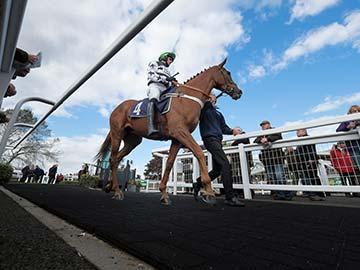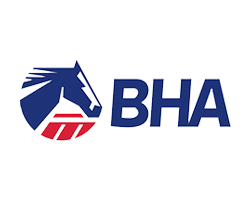The All-Weather Championships have been associated with innovation and progress from the outset, and, now that the third of them are under way, Timeform is delighted to be providing unique and ground-breaking sectional-timing information and insight about them on these pages on a regular basis right up to Finals Day on Good Friday, 25 March, 2016.
This introduction will give a run through of some of the essential principles behind sectional timing, which can be used by bettors and enthusiasts alike to increase their understanding and enjoyment of the sport. For a lengthier treatment of the subject matter, the reader is directed to the free-to-download “Sectional Timing: An Introduction by Timeform” (http://en.calameo.com/read/00036246578f6c606ae01?authid=mSo7SacuVBgK), which came out to critical acclaim at the beginning of 2015. Measuring horseracing performance against the clock has a long and honourable tradition. It can be difficult to gauge the respective merits of horses running in different races, let alone on different days and at different courses, so a fixed point of comparison has significant merit. However, the purpose of a race is not for a horse to run as fast as it possibly can, but to run faster than its rivals on the day. The latter – beating one’s rivals – may be best achieved by racing tactically and not by going flat out. In fact, the majority of races are tactical to a greater or lesser degree, so those overall race times need to be put into the context of how they were arrived at. Was a horse’s overall time a fair reflection of its merit, or could it run more quickly still? This is where sectional times, and the analysis of those sectional times, comes in. Sectional times break a horse’s performance in a race into sections and measure the time taken to complete each of those sections. It could be that the horse in question went too fast early and paid for it late; more often, it is likely to have raced within itself early and finished faster as a consequence. Sectional times can be derived from sophisticated technology, such as wireless transmitters or GPS systems, or they can be derived – with a bit more effort, after the event – by video analysis and stopwatches or on-screen clocks. Timeform has captured the vast majority of racing, Flat and jumps, through video analysis in recent years. As a result, Timeform is able to put performances into their proper sectional context by comparing them with countless previous ones. This involves converting a horse’s speed in the closing sectional compared to its speed for the race overall into a finishing speed %: a figure over 100 indicates a horse finished quickly compared to its overall speed; a figure under 100 indicates the opposite. Over many cases, it has been possible to establish “how to run fast” or “how to run efficiently” – which will vary according to distance, surface, length of sectional and course topography, among other things – as a finishing speed % which allows for meaningful comparisons under a multitude of different circumstances. It soon becomes clear which races have been strongly-run (possibly suiting those horses that were held up and/or had stamina) or slowly-run (possibly suiting those horses that raced close up and/or had a turn of foot), as well as the many gradations in between. It is also possible to mark-up individual performances according to how close, or not, a horse has raced to those par finishing speed %s. This results in the unique Timeform sectional upgrade, which is expressed in pounds – as are form and time ratings – but which could be expressed as time or lengths if preferred. You do not necessarily need sectional times to make a decent stab at assessing whether a horse shaped promisingly or not, but you do need them in order to make conclusions which can be converted into numbers in a robust manner. Humans are good at making sense of complex information, but they are not good at judging precise times and speeds: that is what stopwatches were invented for! Par finishing speed %s are around 100 at Southwell, Chelmsford and at shorter distances at Wolverhampton, and around 102 at Kempton, Lingfield and at longer distances at Wolverhampton (last two furlongs used at Lingfield and Wolverhampton, last three furlongs at the others). The further a horse departs from these pars – either by going too slowly and finishing quickly or by going too quickly and finishing slowly – the more its overall time will have been affected and the greater will be its upgrade. Timeform will pick out performances of merit and interest, at all courses, on these pages in the months to come. It can also just be interesting to find out how quickly horses are capable of running at the business ends of races. Sustained speed is more important than short bursts of speed, but the two can go hand in hand. A quick horse will often be a good horse, and when a horse is just starting out that may be the best guide you have.
| Fastest Sectional Times in 2015 prior to 29 October | ||||||
| Course | Date | Horse | Race Dist | Sect Time | Fin Spd | Speed |
| Chelmsford | 26-Sep | TRYSTER | 9.21f | 33.05s | 111.3% | 40.85mph |
| Kempton | 14-Jan | HAWKESBURY | 6.00f | 33.59s | 106.6% | 40.19mph |
| Lingfield | 03-Apr | TRYSTER | 10.00f | 20.97s | 122.6% | 42.92mph |
| Southwell | 26-Feb | MOON RIVER | 5.00f | 34.03s | 102.8% | 39.67mph |
| Wolverhampton | 02-Feb | DON'T BE | 7.15f | 22.05s | 116.0% | 40.82mph |






